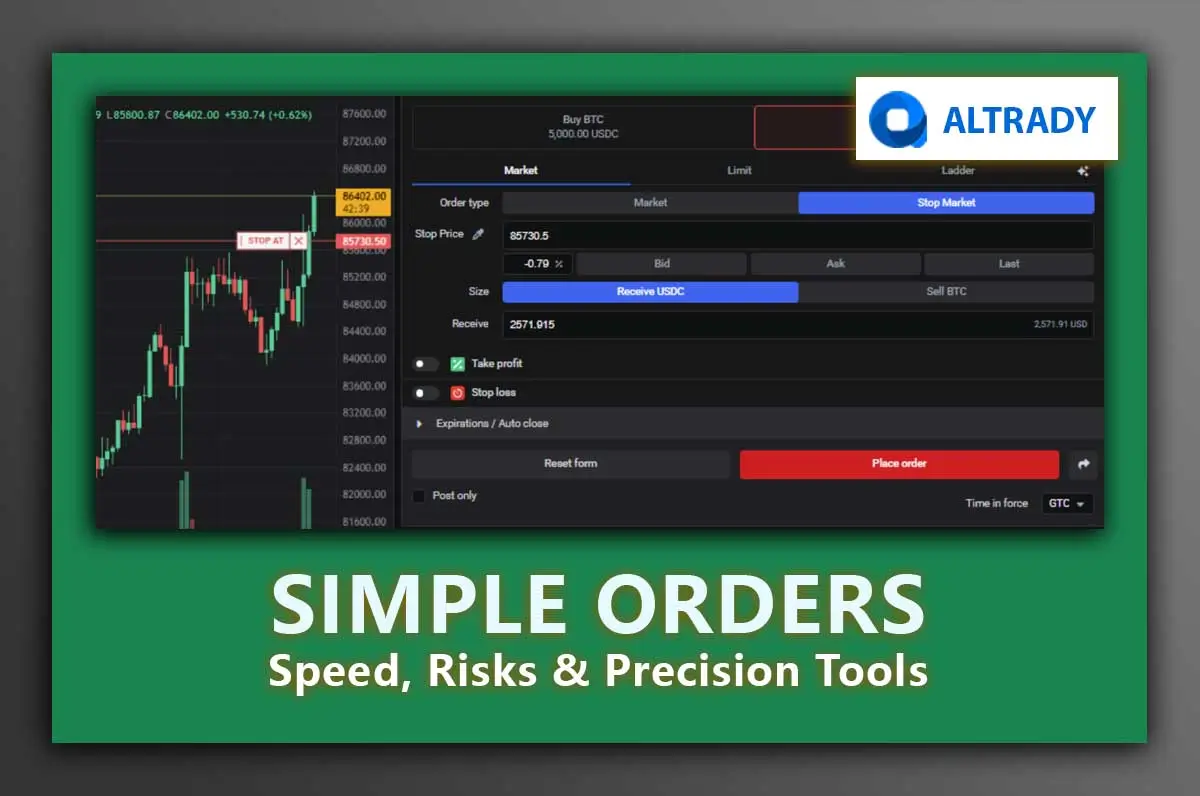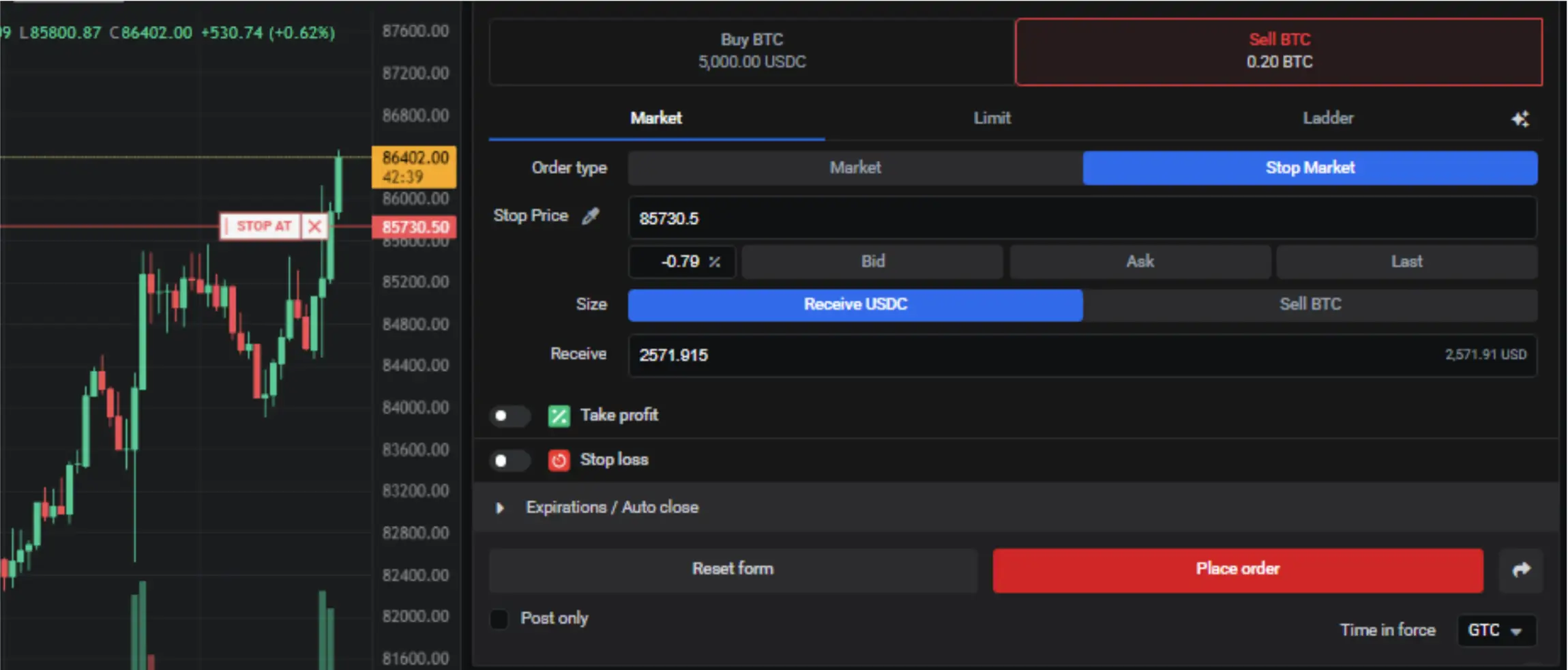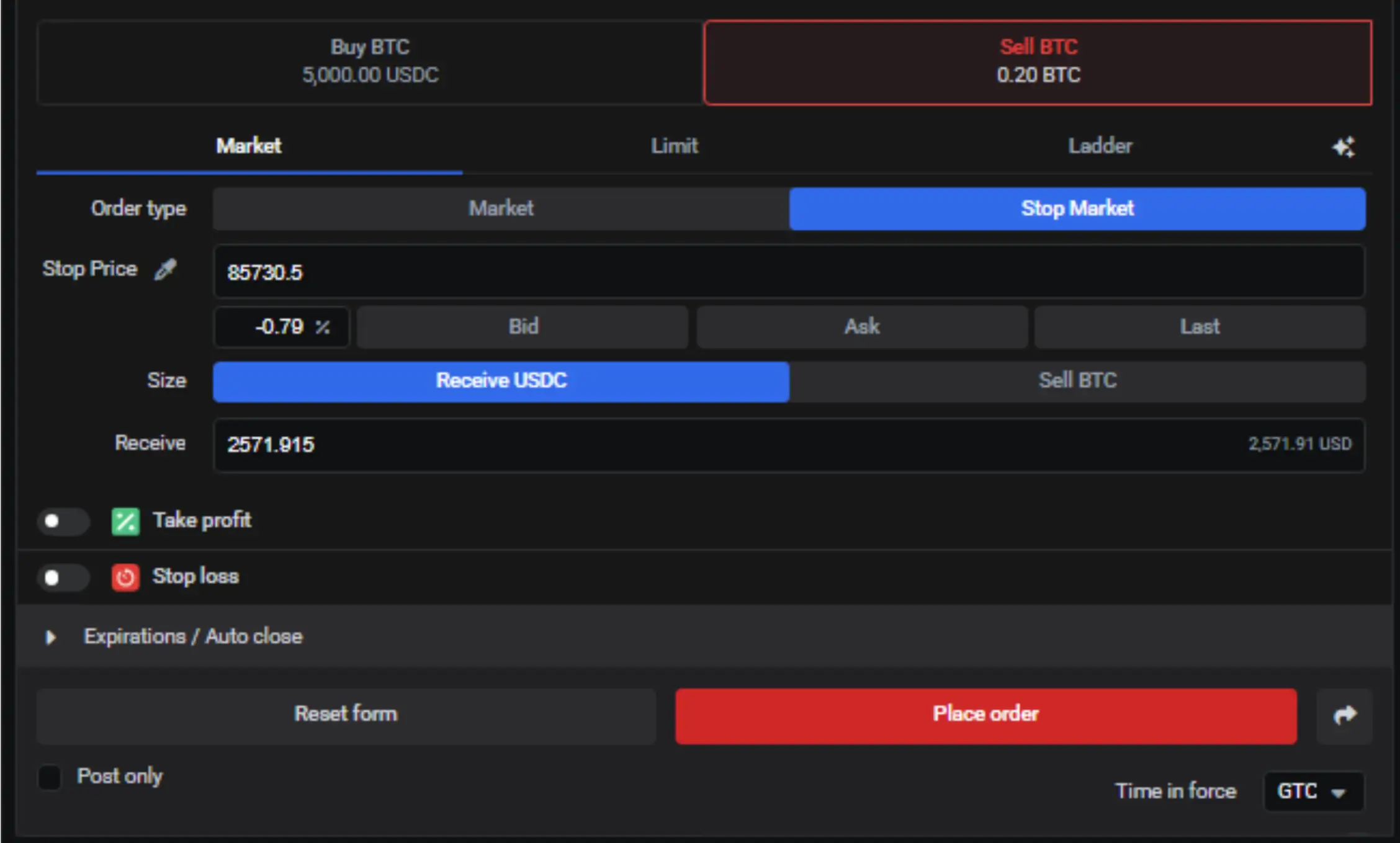Black Friday is loading…
Get 40% off with Altrady’s yearly plan and take the lead.
.svg)
.svg)
.svg)
.svg)
.svg)
.svg)
.svg)
.svg)
.svg)
.svg)
.svg)
.svg)

Understanding the nuances of order types is crucial for navigating price fluctuations and executing successful strategies. Among the fundamental order types, the market order stands out for its promise of immediate execution at the prevailing market price.
This article delves into the mechanics of market orders, exploring their advantages and disadvantages and illustrating their practical application through examples like scalping.
Furthermore, it highlights how advanced trading platforms, such as Altrady, equip traders with sophisticated tools to enhance control and management when utilizing market orders in their trading endeavors.

If you have ever wondered about the forces that influence the price movements of an asset, understanding market orders can disperse any doubt. Supply and demand are one of the elementary concepts behind such movements, and the way traders place orders determines their impact on prices.
The order book is another factor to consider when grasping the market. Assets prices move according to order execution on it and their sizes. Typically, depending on the order size, traders decide whether to use market orders or another type, like a limit order. Why? Let's point out some considerations:
It is noteworthy to mention that market orders are the order type behind stop-loss levels and take-profit targets, which heavily impact asset prices, hence the market movements. For example:
Scalping is a principal example of trading with market orders. It is so because this trading style involves quick entry and exit executions. Scalpers may employ this order type in the following ways:
Imagine a breakout scenario where you identify a reversal pattern like a shooting star (uptrend to downtrend) or a morning star (downtrend to uptrend). These patterns consist of breaking a previous candle’s high/low. Entering manually would be as follows:
Stop-market orders should not be compared to stop-loss orders. Stop-market is a market order type that executes entries instantly but at a specific price level, similar to limit orders but regardless of the quantity filled.
Now, using the previous breakout scenario as an example, entering with a stop-market order would be as follows:
A key aspect to remark about stop-market orders is that traders can not place them contrary to the side of execution. For instance:

Altrady’s Smart Trading tools give you additional control over market orders for both execution and management. With these tools, traders of any skill level can benefit from:
Essentially, a market order is suitable for scenarios where speed and immediate execution are paramount, but they come at the cost of price control. It also exposes traders to risks of slippage in highly volatile market conditions.
A stop-market order is a type of trading order that combines the features of a stop order and a market order. This is a conditional market order designed to trigger a market order when the price reaches a specific price level.
In essence, the market order serves as a vital tool in a trader's arsenal, particularly when swift entry or exit from the market is paramount. While its strength lies in rapid execution, this comes with the inherent trade-off of less control over the final price and potential exposure to slippage, especially in volatile conditions.
However, with the advent of advanced trading platforms like Altrady, traders can leverage sophisticated features to mitigate some of these drawbacks, gaining greater control over their market order execution and management. Start leveraging the benefits of market orders with Altrady’s free trial account with paper trading